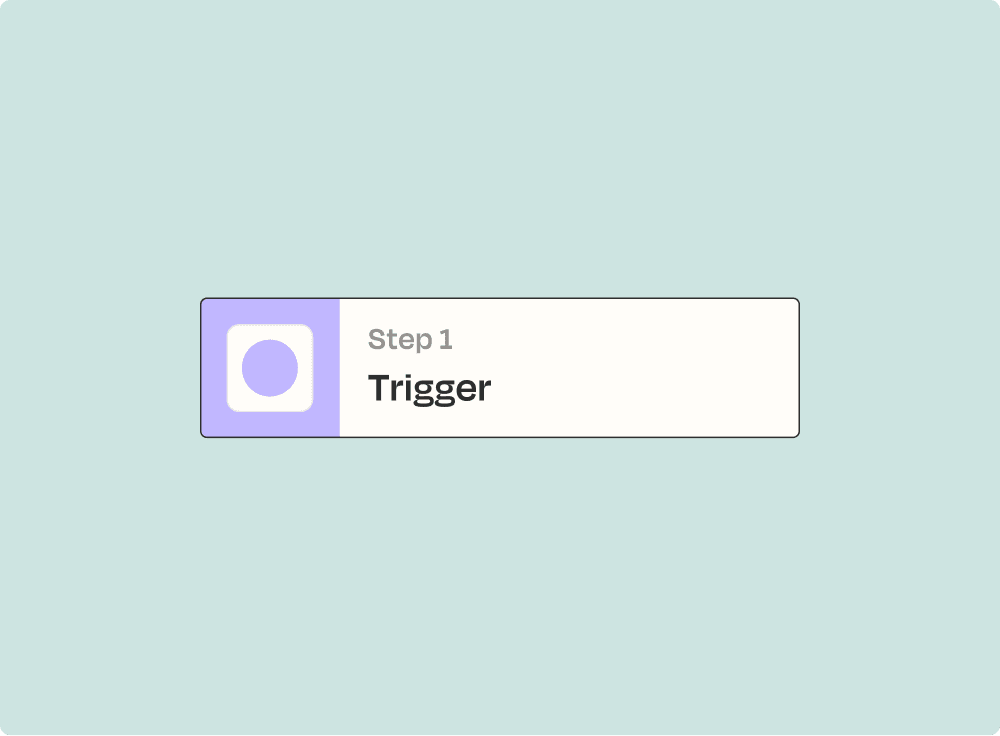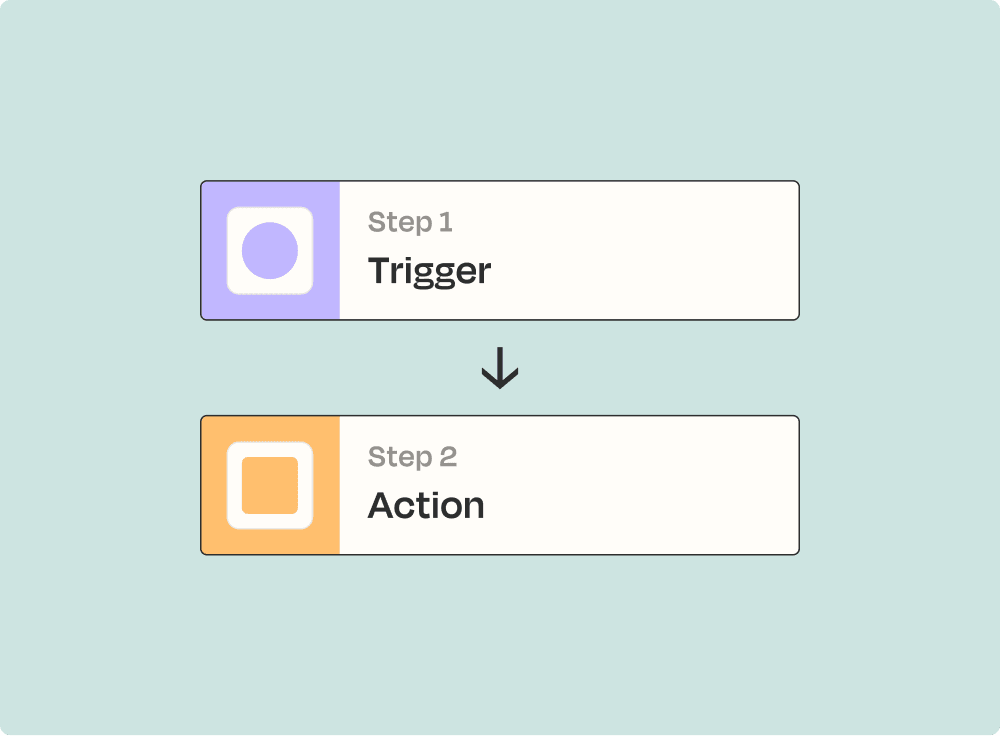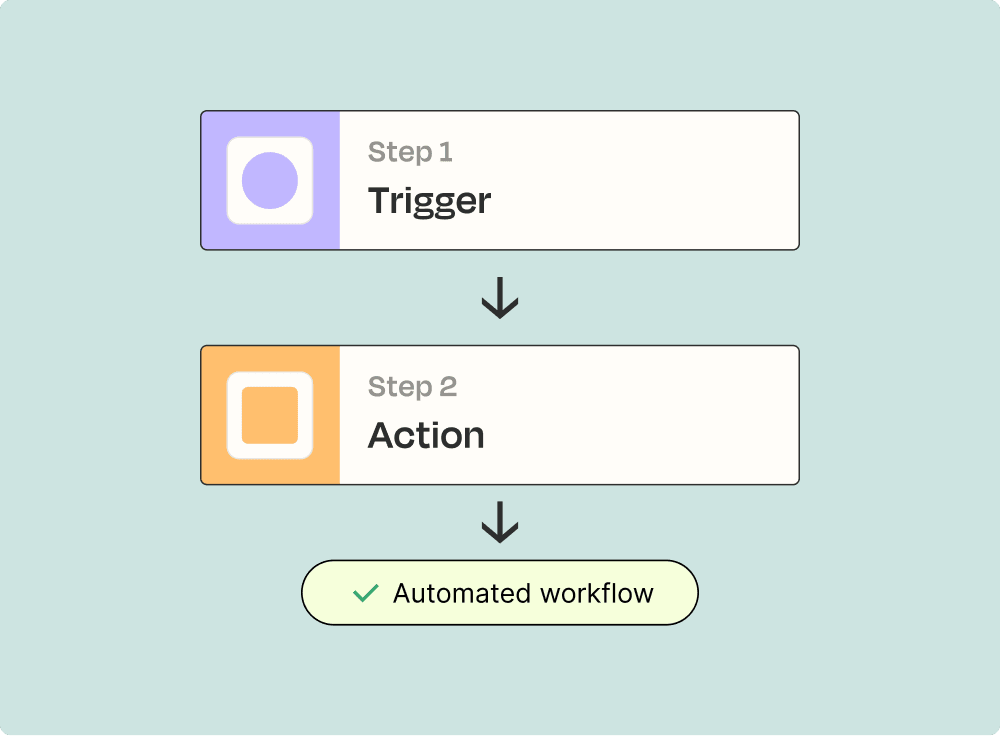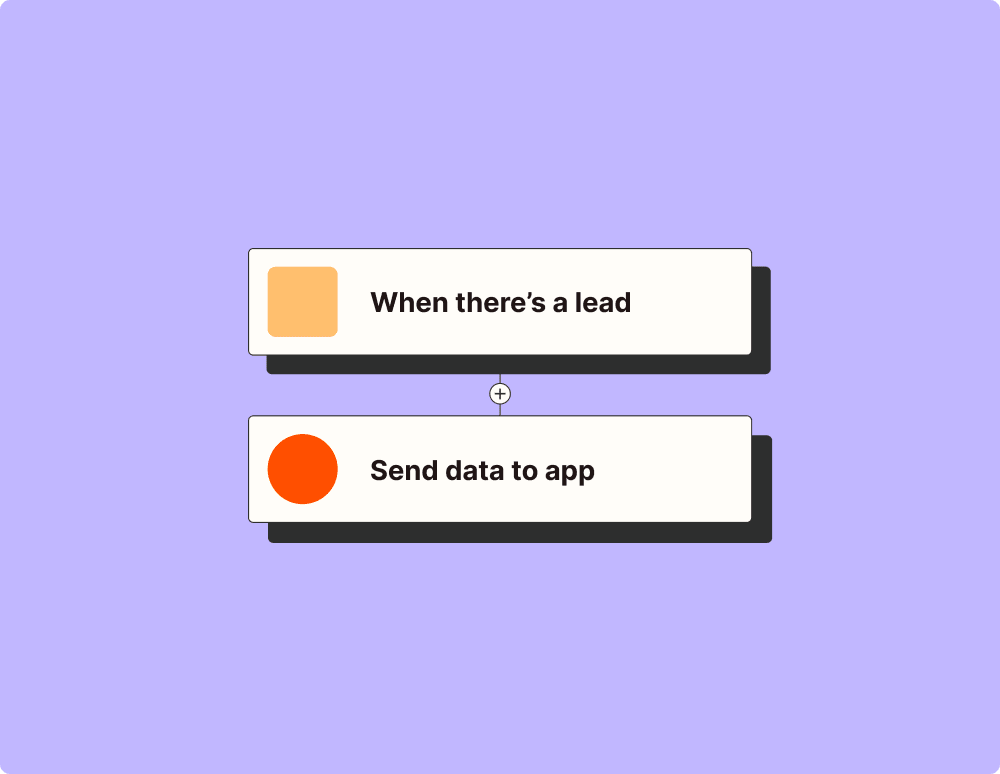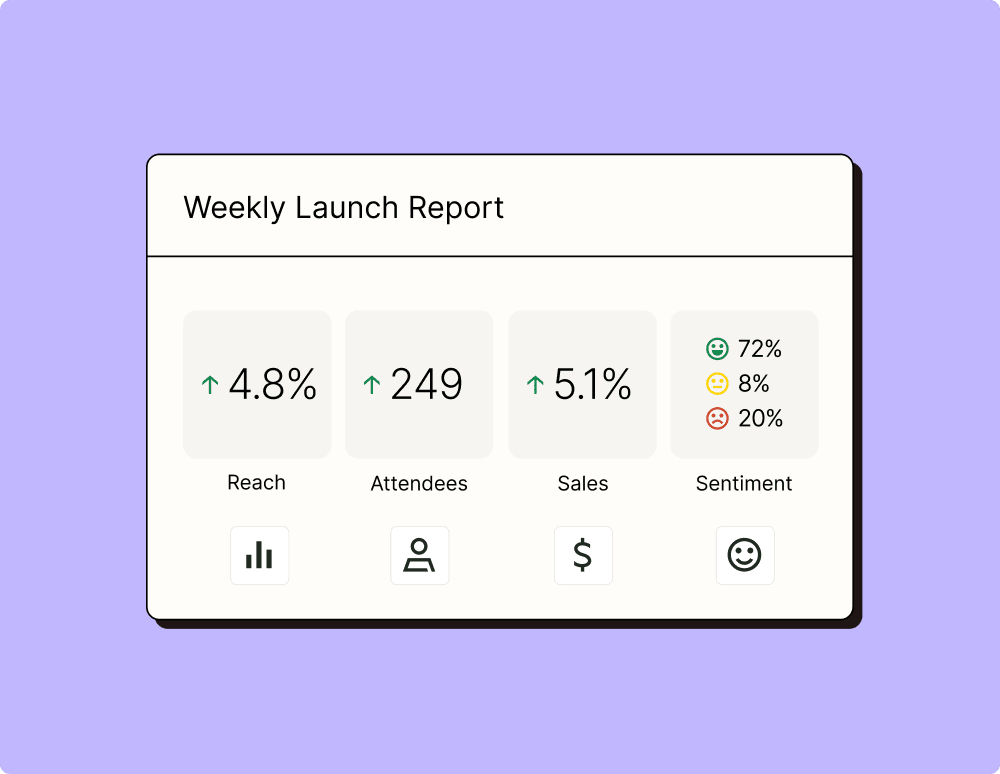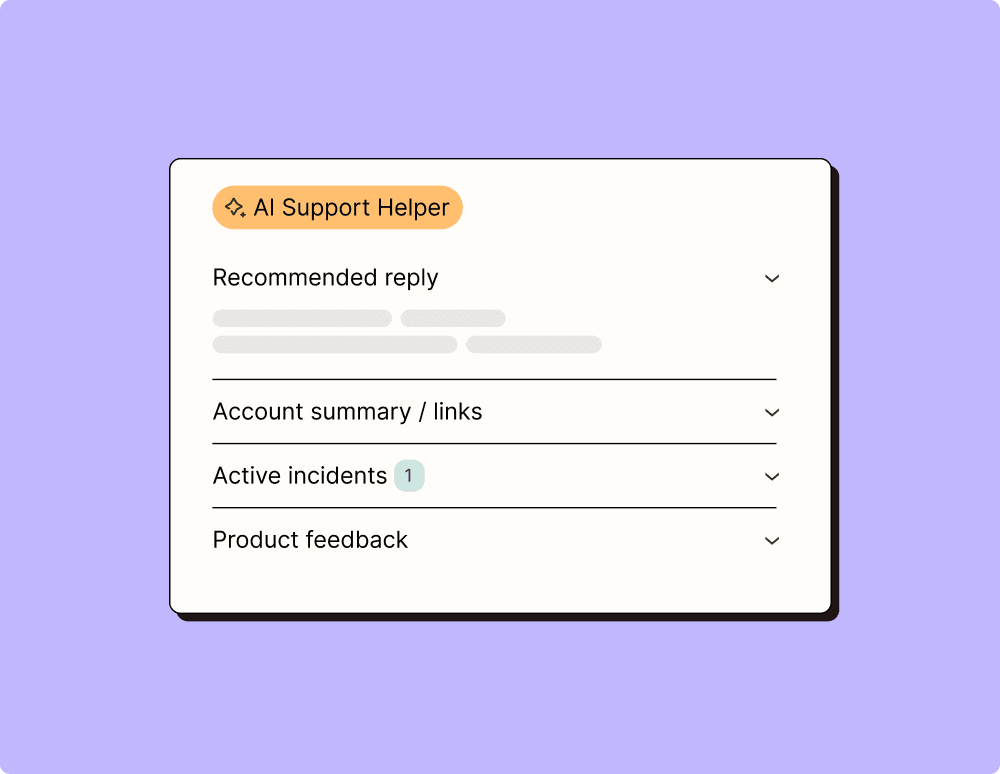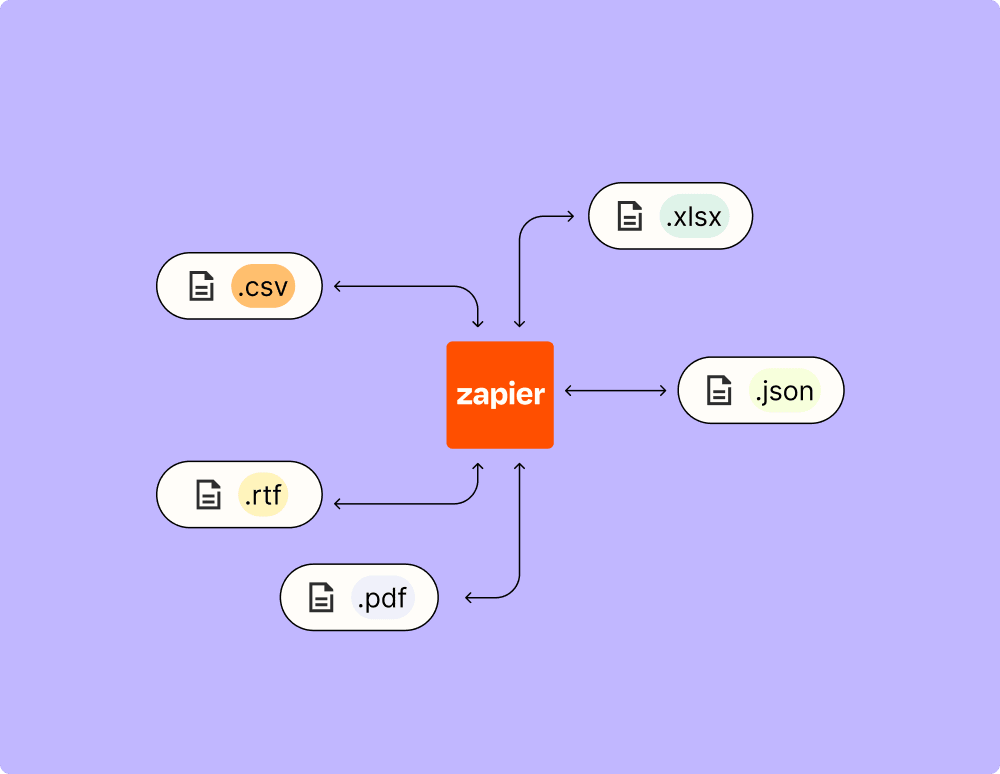Connect SQL Server and Webhooks by Zapier to unlock the power of automation
- No credit card required
- Free forever for core features
- 14-day trial for premium features and apps
Set up your first integration
Quickly connect SQL Server to Webhooks by Zapier with a Zapier template.
Our most popular template

How Zapier works
Zapier makes it easy to integrate SQL Server with Webhooks by Zapier - no code necessary. See how you can get setup in minutes.
Zapier is the automation platform of choice for 87% of Forbes Cloud 100 companies in 2023
93%
Customers who say using Zapier has made them better at their job
25m
Customers have created over 25 million Zaps on the platform
6 mins
The average user takes less than 6 minutes to set up a Zap
Frequently Asked Questions about SQL Server + Webhooks by Zapier integrations
New to automation with Zapier? You're not alone. Here are some answers to common questions about how Zapier works with SQL Server and Webhooks by Zapier
How do I integrate SQL Server with Webhooks by Zapier?
To integrate SQL Server with Webhooks by Zapier, you need to create a zap in your Zapier account. Choose SQL Server as your trigger app, select a trigger event such as 'New Row', and then add Webhooks by Zapier as an action step where you can choose from options like 'Catch Hook' or 'POST' to send data to another service.
Can I use the integration for real-time data updates in SQL Server?
Yes, you can set up real-time data updates using our integration. By creating a zap that triggers when there is 'New or Updated Row' in SQL Server, you can perform actions immediately, such as sending a webhook notification using Webhooks by Zapier.
What types of triggers are available for SQL Server with Webhooks by Zapier?
We offer several trigger options like 'New Row', 'Updated Row', and more for SQL Server. These triggers allow you to initiate specific actions via webhooks whenever changes occur in your database.
Do I need coding skills to set up the integration between SQL Server and Webhooks by Zapier?
No, coding skills are not necessary. Our user-friendly interface guides you through the steps of connecting your SQL Server account and setting trigger events and corresponding webhook actions without any programming required.
Are there any limitations on the data size when sending information from SQL Server using webhooks?
While our platform is versatile, it’s important to keep in mind that some limitations exist regarding payload size when using webhooks. It's advisable to ensure your payload does not exceed 1MB to maintain seamless functionality between services.
How secure is the data transfer between SQL Server and the external services via webhooks?
We prioritize security at every step. Data payloads sent through our webhooks are encrypted during transmission. You can also use HTTPS endpoints for receiving data securely from your SQL Server triggers.
Can I test my webhook before going live with the integration?
Absolutely! We encourage you to test your webhook setup within our platform's testing environment. This helps ensure that your chosen triggers and action logic work correctly before activating them for live use.
Supported triggers and actions
Zapier helps you create workflows that connect your apps to automate repetitive tasks. A trigger is an event that starts a workflow, and an action is an event a Zap performs.
